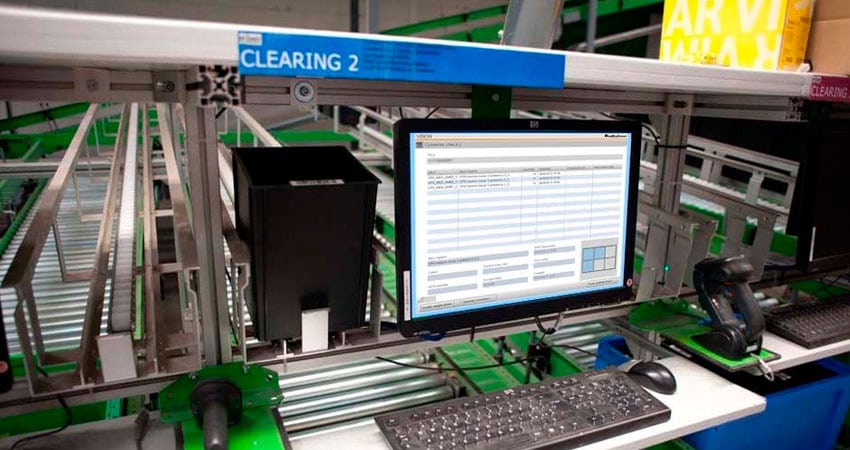Congratulations, you’ve selected a warehouse management system (WMS) for your multi-channel retail operation. Now, it’s time to get into implementation mode. This is often where the honeymoon phase ends between supply chain professionals and their hand-picked WMS technology.
Things can go off the rails for several different reasons, but in most instances it has little to do with the technology and everything to do with how it was implemented. If issues aren’t fixed during set-up, they can lead to costly snafus in the months ahead.
The good news: I’ve identified the four most common WMS implementation missteps and have advice on what you can do to avoid them.
Breezing Past Warehouse Processes
Arguably one of the most damaging and unfortunately common mistakes many retailers make occurs right out of the gate. They often fail to conduct a rigorous warehouse process audit before implementation begins.
This step sets the tone for future usage of your WMS and as such, should be treated with more TLC than typing out a list of warehouse functions and responsible team members. Taking more time initially to think through needs and requirements of each warehouse function and anticipating any issues while transitioning from legacy systems and processes will set you up for a seamless change and reduce customization down the line. Pay special attention to picking, packing and shipping as consumers are directly impacted by any glitch within those particular areas.
Far-Fetched Timelines
If you’re managing thousands of SKUs, shelf locations and a wide variety of kitting options, getting up and running with your new WMS won’t happen overnight. Pressure from different departments often forces retail supply chain professionals into the misstep of overpromising on their WMS implementation timeline and ultimately under-delivering.
Getting a realistic grasp on implementation timing depends on two things: The thoroughness of your warehouse process audit and the agility of your new WMS partner. The latter is something to determine early in the vetting process. If the vendor doesn’t have a track record for meeting timelines, you need to move on.
Ultimately, being transparent with your team about the implementation schedule can help level set expectations and even garner support from others in your organization.
Throwing Warehouse Staff to the Wolves
Another error-prone element of WMS implementation is staff training. While implementation timelines can run tight, avoid cutting corners here as it will really tarnish the efficiency of your warehouse in the long run. As with any new technology, there is a learning curve with a WMS. This is especially true in instances where warehouse operations are moving from manual to digital.
While most cloud-based WMS solutions on the market today are much more intuitive, assuming your warehouse team can pick up and go on day one is misguided. Walk through your new WMS and process changes with your team, or schedule time for your vendor to visit onsite and provide training.
Not Examining Worst-Case Scenarios
Like warehouse process audits and team training, testing your WMS before go live is another area where attention is needed but often overlooked. In theory, this is the last chance you will have to detect and address system bugs without any impact on your retail operations or customers. You wouldn’t drive a new car off the lot without taking it for a spin around the block; the same mentality should be applied to your WMS deployment.
Work with team members assisting you in the implementation process to attempt various pick, pack and ship options and test for worst-case scenarios. Assessing data accuracy should be a part of your testing as you’re transitioning to new data schemes and terminology in many instances. Your vendor partner – especially if SaaS-based – should work with you and your team to course-correct any hiccups and establish proactive situational plans in the event of future roadblocks.
Fortune Favors the Prepared
Technology implementations – especially for mission-critical operations like multichannel retail order fulfillment – can be challenging. But knowing what to look out for can make the process easier. Properly documenting warehouse processes, establishing realistic implementation timelines, training your team and testing and preparing for any and all WMS implementation scenarios can save you a lot of heartburn and unnecessary costs in the future.
Chris Anton is Executive Vice President and Head of Global Sales Operations for Snapfulfil


Nice blog. Thanks for sharing. warehouse efficiency is a critical success factor to effectively manage your supply chain and achieve peak performance. Implementation of the latest technologies can also significantly improve warehouse operations.
holisolscs.ae